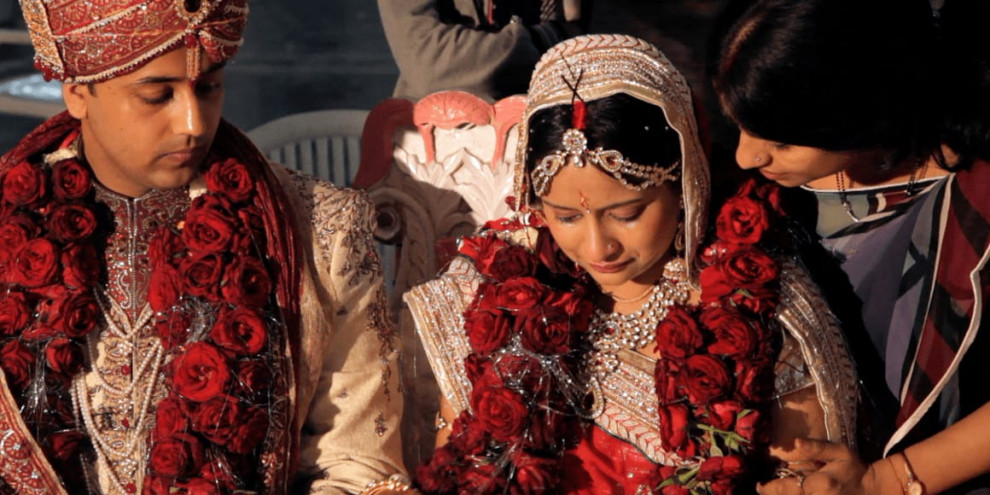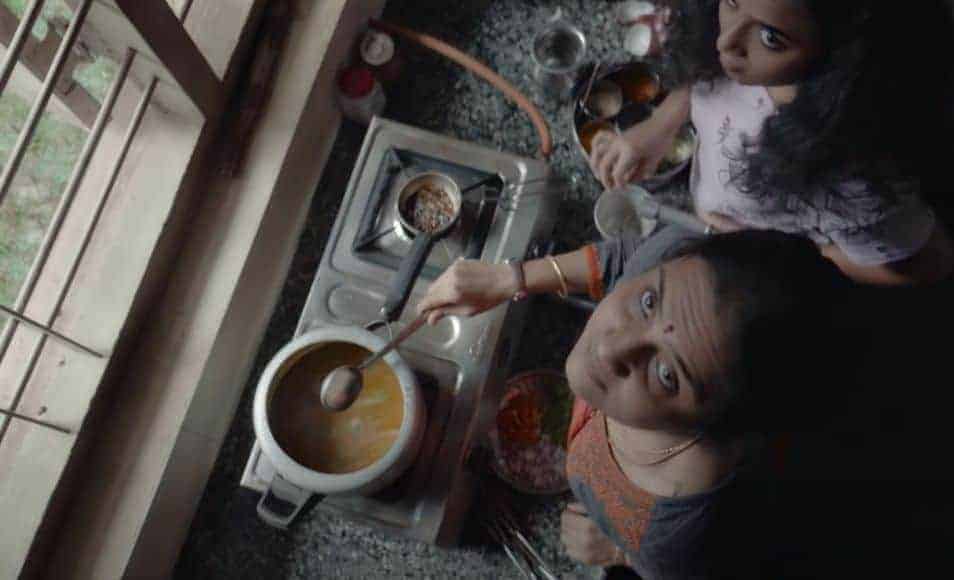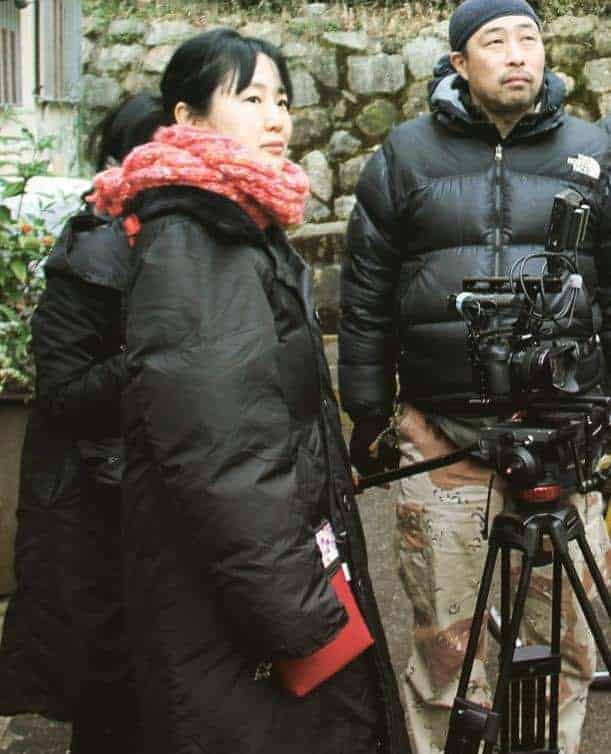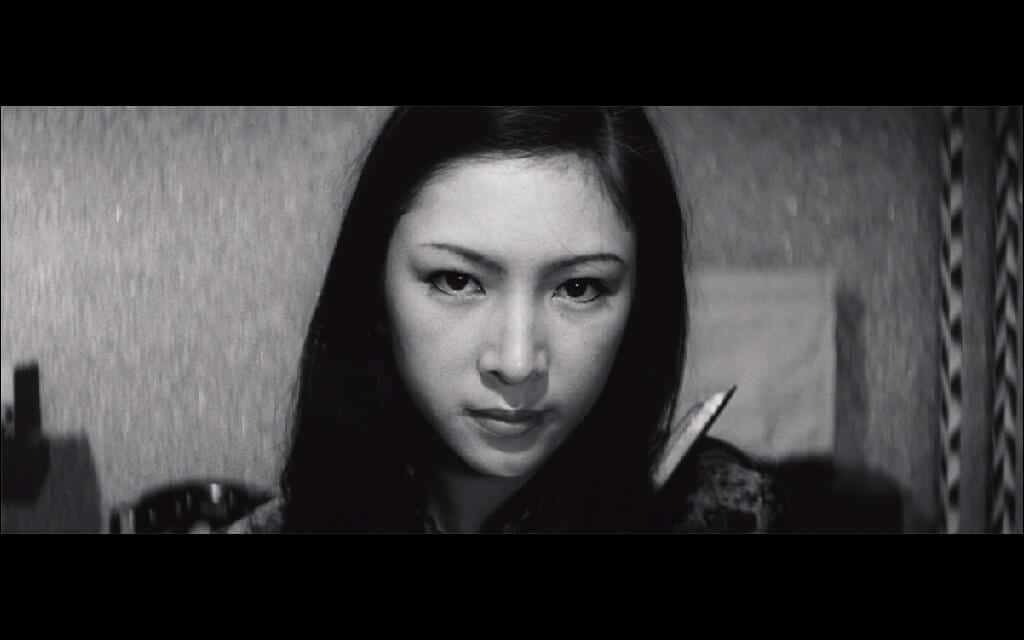The outlook towards marriage in India has been far from finding love in a person's life, since the end of the supposed Vedic periods. Marriage has been a contract between the families of the couple rather than the couples themselves. Over time, marriage has become a social obligation, where a man or woman who is not married before a certain age (which is lesser for women) are looked upon as if they are outcasts in the society. Even in these modern times, this attitude hasn't changed; on the contrary, it has solidified while the methods of arranged marriages have been extended using technologies for online matrimonial websites.
Watch This Title

“A Suitable Girl” chronicles the lives of three young, educated Indian women and their attempts at finding a suitable partner whose family and lifestyle match their own. Dipti, a 30-year-old woman from Delhi who's a pre-primary teacher, spends most of her time trying to find a husband through newspaper matrimonial sections, matrimonial websites and other methods, along with her parents. Ritu, a 25-year-old woman from Mumbai is more focused on her career at Ernst & Young, but her mother Seema, a marriage consultant, is keen to find a match for her. Amrita from Delhi decides to marry a man who promises that she would be able to continue her career and moves to his remote village after marriage. The documentary progresses through a parallel narrative that covers almost four years in the lives of these three women.

The directors Smriti Mundhra and Sarita Khurana got the idea of such a documentary from some of their own early experiences of pressure from their families to marry. The matrimonial industry and the popular psyche have set some notions about what makes a good husband and a good wife. Even though both men and women aren't treated fair in these situations, it is the women who have to change their whole lifestyle and sacrifice a lot in the institution of marriage. The concept of arranged marriage in India is so rooted in its culture that even the ability to have a wider range of choices in this era is considered too modern by the conventional-minded people. However, all these ill-treatments are very much part of the culture and society that they have lived in so that it is considered as a social truth in an indifferent light.
Here we see Dipti, whose life revolves around the only important thing in her life, finding a husband. She's been searching for years and one of the marriage consultants tells her she's a little bit overweight for the market. There' a subtle reference to the dowry when one of the suitors rejects the prospect of a relationship because of the social status. Even in Dipti's birthday party, every one of the guests seems to be more concerned with blessing her to get married soon rather than wishing for her birthday. Among all this, Dipti always stays the charming part of the documentary, with her bubbly, positive attitude, even though at times the pressure takes over.
Ritu is the most indifferent among the three women towards marriage. She's more concerned about her career, yet the society expects her to get married and she acknowledges the fact. Her mother Seema is the one who's most concerned about her marriage. One of the most shocking moments of the documentary is when the marriage of Ritu is fixed and her fiancé talks about his extreme indifference towards marriage while she's sitting right next to him.

Amrita, a party girl from Delhi, moves to a remote village after she is married, where her life is drastically changed. From her dressing choices to her career aspirations, everything takes a second priority to her service for her husband's family. Amrita is the most changed person in the years portrayed in the documentary. From her talking and dressing to her body language, everything is changed towards the end.
While for most of the Indians this documentary may feel like a common depiction of the life in India, for someone uninitiated with the culture, this may look like a horror comedy. Though the directors have never looked upon it in a judgmental light, they have portrayed it as objectively as possible. The documentary never relies on anyone specific but rather presents many of the everyday chores, allowing the thoughts of the people involved to flow organically. While the objectivity helps towards an extent, the lack of such a focus occasionally feels like a futile exercise.

When the documentary ends, we see that all three of these women are happy or at least content with their lives. They have learned to love their life as it is like most women in the country. In a way, it would even feel like supporting the stability of the culture. But the ever-growing clash of modern progressive thinking and the regressive cultural past is clearly visible. The different situations portrayed further exemplify the cultural fatigue that plagues the country, although, only if the viewer is ready to read between the lines, so to speak.
The lack of focus on what exactly is to be told is evident in the editing of the three parallel narratives. The decision to approach the film without pointing any fingers to anything at all has most likely led to the sacrifice of a better narrative. Even though there are subtle references the actual hold of factors like the dowry, horoscopes and caste system in marriage is not explored. Nonetheless, it is also notable that the narrative has managed to be very interesting while portraying all of the subjects with respect.















